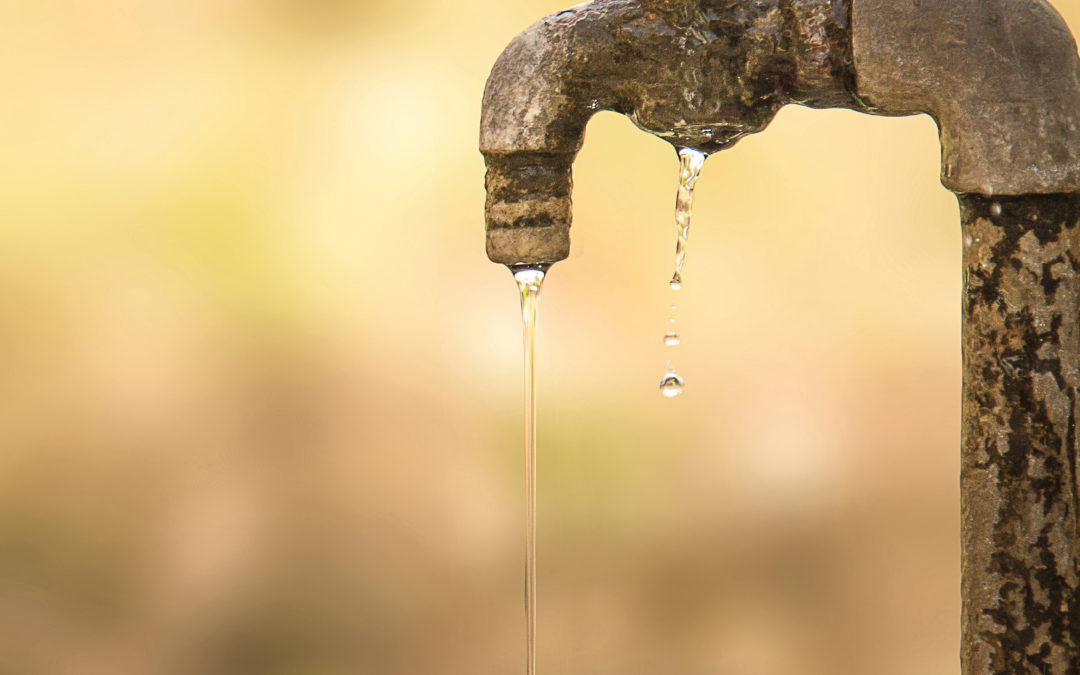By Ryan P. Cumming
“I know I will never live as long or as well as I could have because I drank that water,” a resident of Flint, Michigan, told me and several of my colleagues from the ELCA churchwide organization.
I sat in stunned silence and listened to this man and others speak to us in the basement of Salem Lutheran Church, an ELCA congregation in Flint. Their anger, frustration and grief was palpable. The Flint Water Crisis left a dozen people dead and countless others living with the irreversible effects of lead poisoning.
Making the crisis even more poignant is a simple irony: Flint is surrounded by some of the world’s largest freshwater reserves, yet it is the epicenter of a public health disaster with consequences that will last a generation.
Access to clean water is one of the most pressing needs in our world, regardless of which region of the globe we consider home. According to the World Health Organization (WHO), nearly 3 in 10 people worldwide lack access to safely managed drinking water services. More than 260 million people rely on a water source that is more than 30 minutes from their homes. Another 582 million draw water for drinking, cooking and bathing from unprotected and untreated sources.
As a church, the ELCA is committed to accompanying communities that lack access to clean water and appropriate sanitation, both in the United States and internationally, through ministries supported by ELCA World Hunger. The simple reason for this commitment is that human beings—indeed all of creation—rely on water to live. But water is much more than a resource. For people of faith, water is a powerful symbol. Its significance is as deep as the natural stores that cover the globe.
WATER AS LIFE
Throughout Scripture water is a symbol of abundant life. In the Old Testament, the author of Deuteronomy describes the Promised Land as a “a good land, a land with flowing streams, with springs and underground waters welling up in valleys and hills…” (8:7). For the ancient Hebrew people, living in the arid regions of the Middle East and North Africa, the promise of water was the promise of home, the promise of the end of their migration from Egypt. In the New Testament, St. John’s vision of the coming reign of God echoes the promises in Deuteronomy. John describes “the Lamb” who “will guide [the people] to springs of the water of life” to a place where “they will hunger no more and thirst no more” (Revelation 7:16-17). The promise of life with God is symbolized by the promise of abundantly flowing water.
We see this in the Gospel of John too. At a well, Jesus meets a Samaritan woman and asks her for a drink. They come together over their shared need for a crucial resource—water to slake their thirst. Over the course of their conversation, Jesus promises her water that will quench a far deeper thirst. “The water that I will give will become in them a spring of water gushing up to eternal life,” Jesus says (John 4:14b).
In the waters of baptism, we are reborn as Christ’s body in the world, commissioned to proclaim God’s good news and to share in God’s reconciliation of creation. In the waters of baptism (often in fonts or pools inside of our church buildings), we are given new life. Outside of our church buildings, we know that access to clean water can provide new life for communities, opening up opportunities for financial and physical well-being. Around the world, improved sources of water, like wells, help to ensure that families don’t have to choose between traveling long distances for safe water or risking their health by using nearby, unsanitary sources. Irrigation canals in countries such as El Salvador, Nicaragua and Botswana make it possible for farmers to raise crops more efficiently, to better feed their families and weather lean times between growing seasons.
Clean water means life— abundant life in the here-and-now and in the fullness of God’s reign to come.
Ryan P. Cumming, Ph.D., is program director of hunger education for ELCA World Hunger. He writes on issues of economic justice and Christian ethics.
This article is excerpted from the January/February 2019 issue of Gather magazine. To read the full article or more like it, subscribe to Gather.


